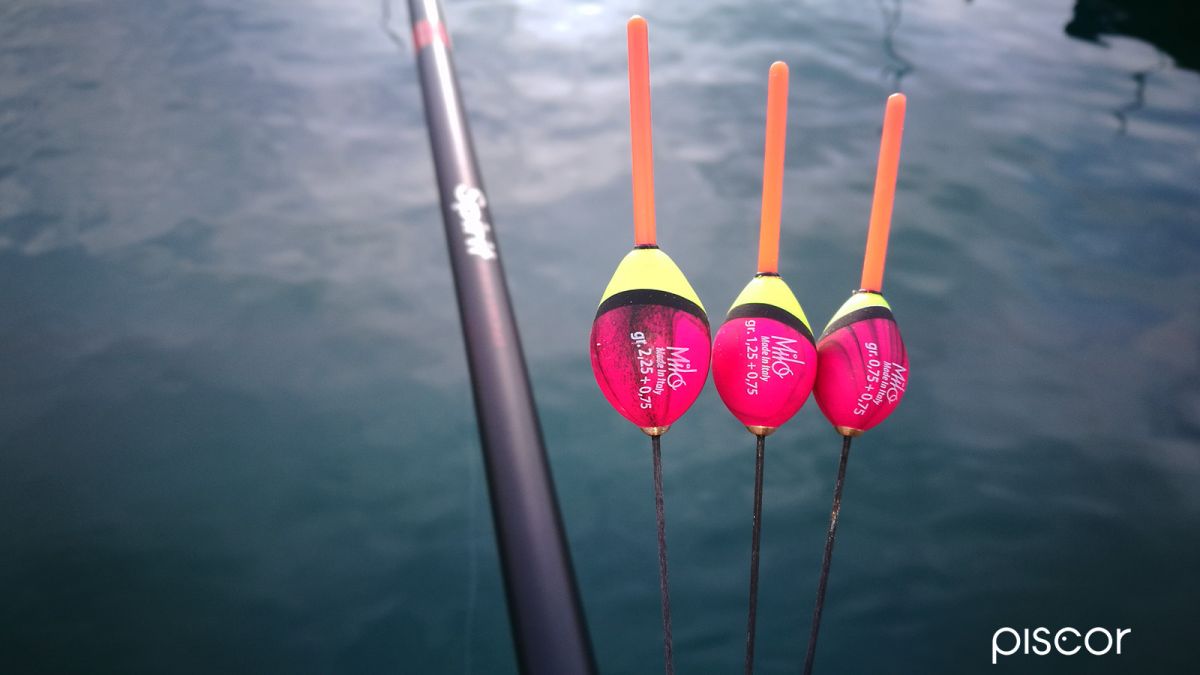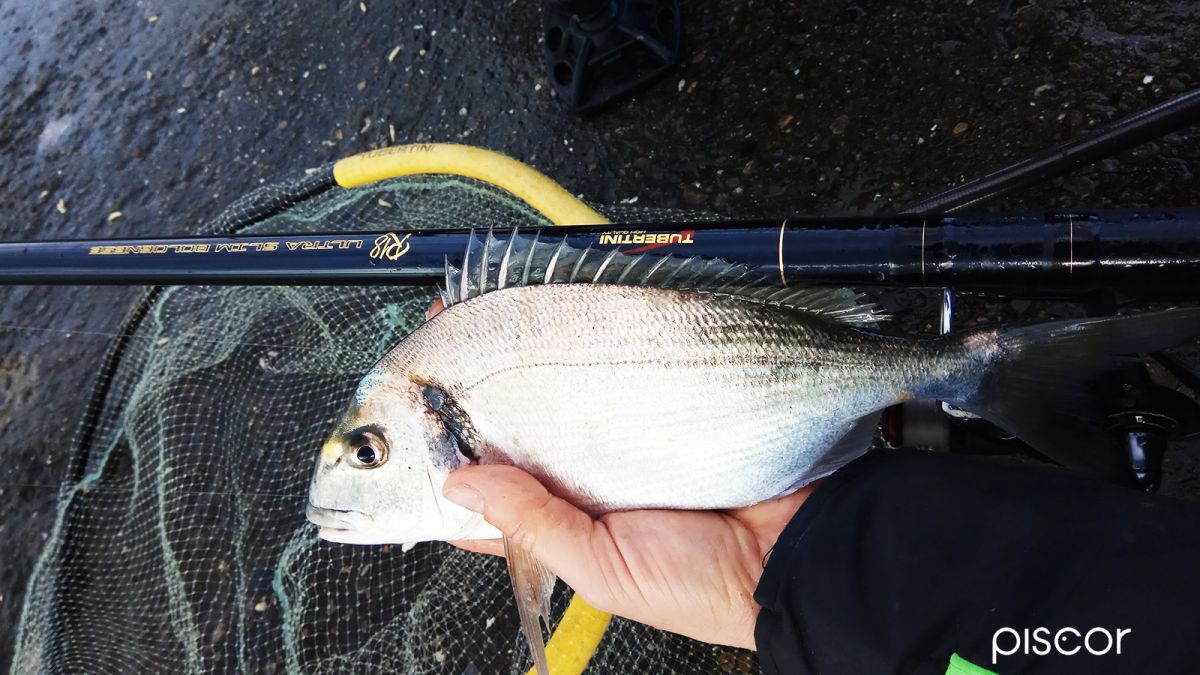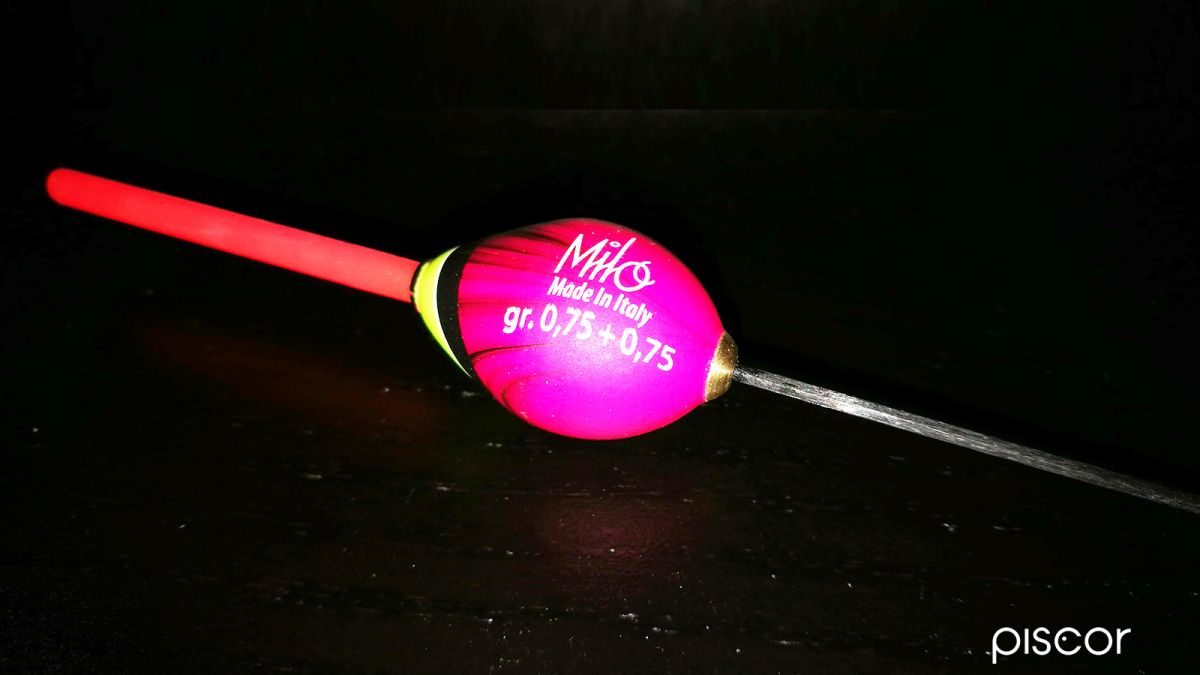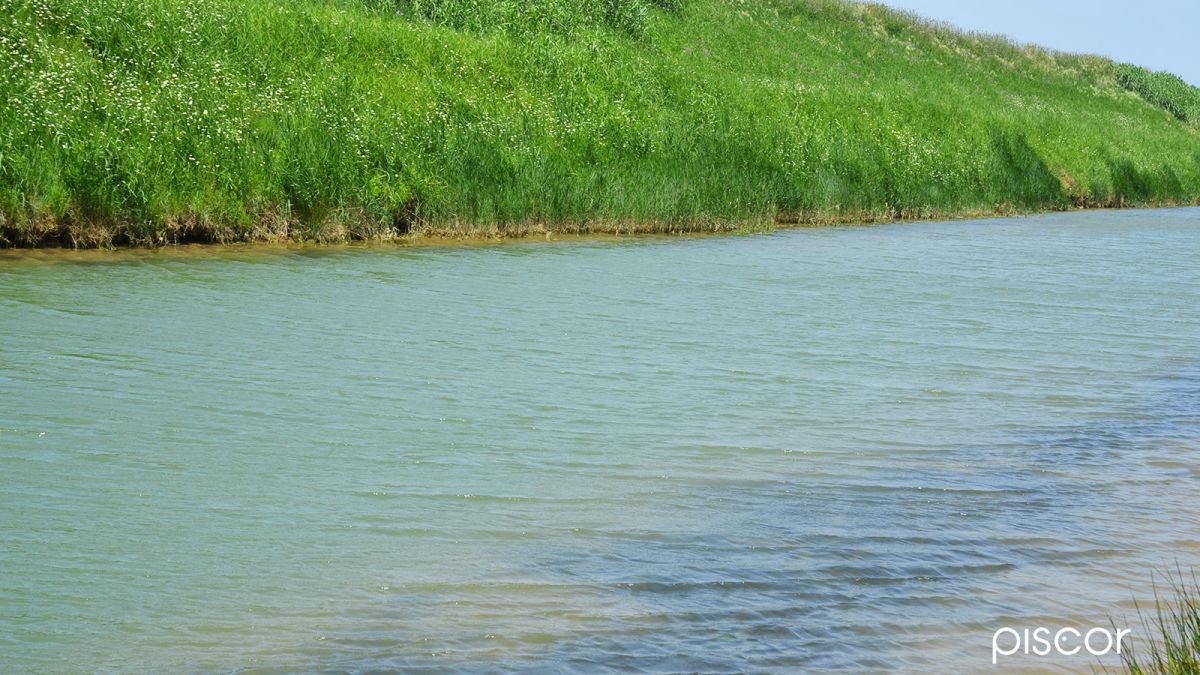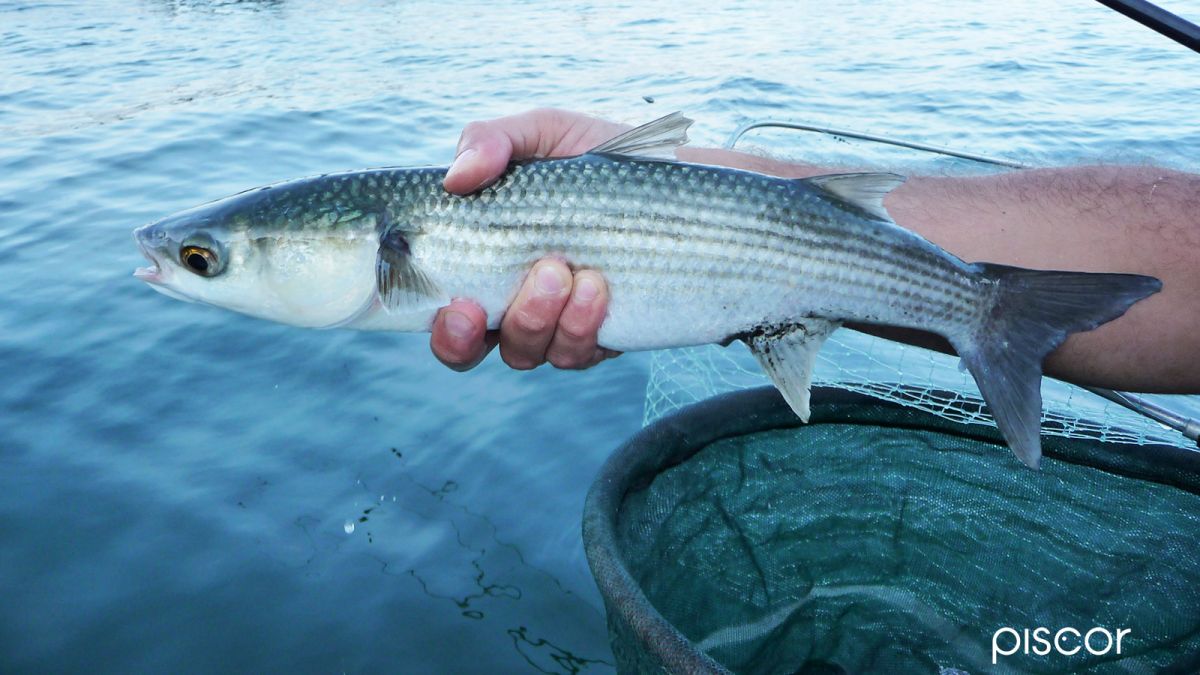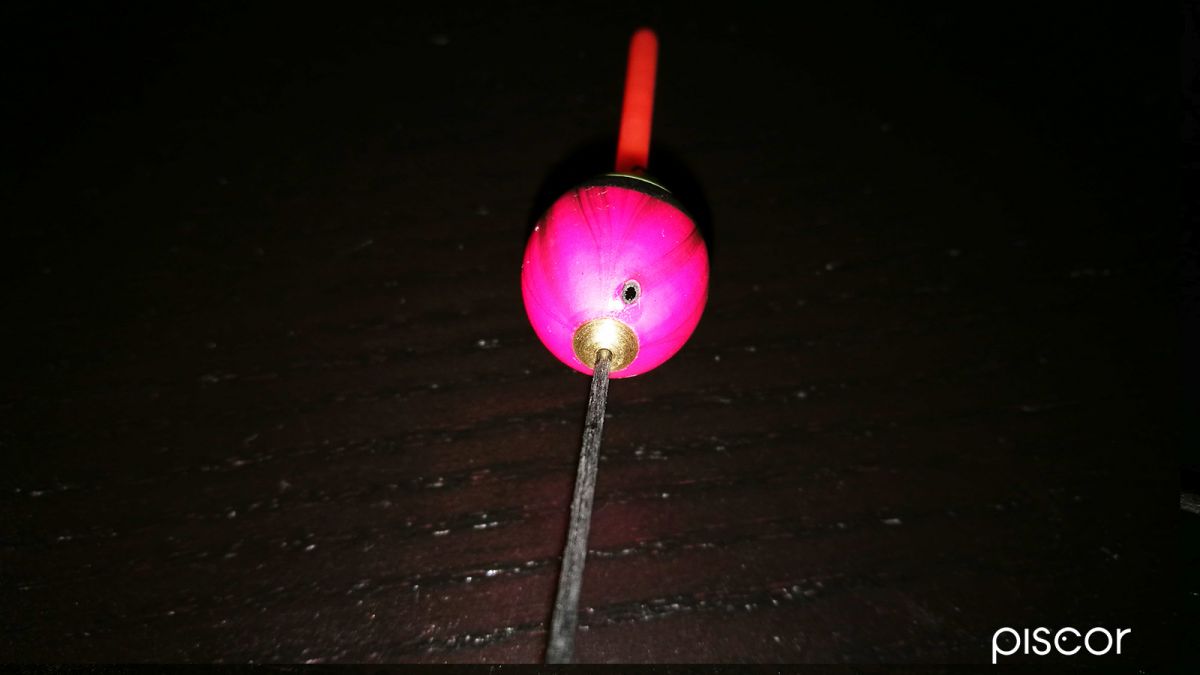The use of the leaded float, especially in salt water, finds in many spots positive answers even if, unfortunately, still little used...
When we need to fish at a distance, but with little lead on the line on a very slow current line, or in spots characterized by shallow depth, special environments where very light lines are required, but classic floats of bolo fishing where comes on the scene the leaded floats.
This particular float, especially if fishing takes place at a distance, as most of the time we use it, must meet very specific requirements from the point of view of construction, otherwise, you risk having a float with little aerodynamics and especially, that once fishing does not "hold" the water as it should, in this way we will frustrate all the action.
Do-it-yourself is the order of the day, sometimes a piece of lead fuse wrapped under the body of the float is enough and the game seems done, but in practice, we immediately realise that we are inaccurate in the launches, the float gets tangled up on itself and the fishing trip becomes a source of stress and no longer pure fun as it should be.
All clear for DIY, but with full knowledge of the facts.
Manufacturers and their distributors offer a wide range of plunger floats suitable for a variety of purposes.
In these lines we will deal with the classic bolo ones ones for the use of maggots for past fishing, therefore equipped with drift. These are floats with attention to detail and very high performance.
How it is made
There are mainly two models that we find on the market. The first has the lead brass placed just below the body, the other, the most advanced, but especially suitable for the most "finesse" fishing the weight of brass has always located at the base of the body, but internally to it and from there, the carbon drift starts.
The difference between the two models is that in the first case we have a float more suitable for long distance fishing and where more current stability is required, in fact, we can see the drift in glass fiber more load-bearing than that in carbon in the second model. In both cases the wire is passing, therefore, they are in all respects floating for fishing in the current, but also excellent for still water.
Realization of the plumbing
The leaded float usually keeps a little lead also because, on the line, especially if we fish in current, but also in still water, a dose of lead, even if minimal, is needed.
Very often, the most common mistake that is made by those who use this type of float is to create shot geometries without taking into account the distance that must be between them.
In fact, after having made the leaded crown and tied the terminal to the main line, we will have to make some test throws to see how it behaves in falling our ballast.
Many times, we will have to act on the wire that comes out of the reel by pressing with the index finger in order to brake the stroke of the line and allow the pellets placed under the float to stretch out well.
In this way we can avoid that the terminal goes to overlap with the shoulder pad making an unprecedented wig forcing us to redo the line.
Rigid main line
When fishing with plunged floats, whether of large weights or a few grams, it is better to choose a rigid nylon to load the reel and never less than 0.16 mm.
Why this? Because having a rigid main line and making us a shoulder strap even light, we will have a strong cancellation of the gargles during the launch.
Natural mouths
Often, the natural mouths have very shallow seabeds and sometimes even irregular going to form holes and depressions at a distance from shore.
A six-metre bolo rod with medium action and a leaded float of a weight appropriate to the current present can guarantee us excellent catches.
The floats are distributed in the classic forms for bolo fishing in current then drop and drop upside down. In both cases we can enjoy a very high performance indicator.
If we go to choose a drop, we take into account right from the start that we will have to fish in the free pass acting only with very light retainers because this form is not suitable for this purpose.
An inverted drop, however, in addition to withstanding much more turbulence created by wind and current, is also great for fishing in retention if you need it.
In the ports
Very often, especially in the summer period, there is a strong presence of fish on the surface in the ports, mostly suspicious and combative mullets.
Despite everything, even in these spots a minimum current is always present and therefore, the use of a float lead from the past becomes a priority importance.
In this case, on the main line we will crush only a few small dots by tying a terminal at least one meter long with a small hook of n. 20 triggered with a single maggot to be able to catch some nice mullet.
The fishing action is simple: you throw with the slingshot some maggot at the desired distance and we throw over the one triggered, the float will go immediately into fishing and signal us the bite of the mullet. The float must be perfectly calibrated.

